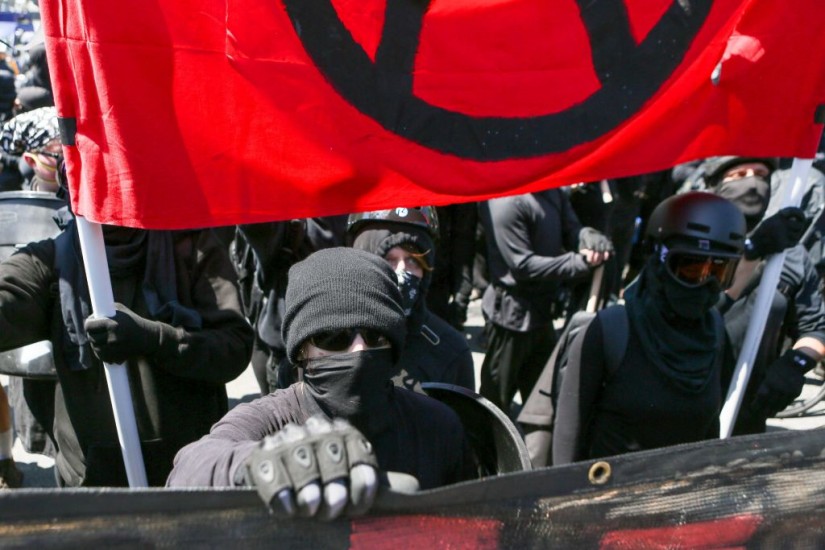On a recent episode of "The Daily Show" — yes, "The Daily Show" still exists — host Trevor Noah spent a segment condemning the antifa, the anti-fascist activists who have become a topic of intense conversation in the wake of Charlottesville. Noah first scratches his head: Who are these antifa, anyway? It's impossible to know! Then he plays video of antifa activists punching white supremacists and labels them "vegan ISIS," arguing their violent tactics only strengthen their enemies' hand.
Noah is not alone in his critique. Excoriations of antifa abound: from Nancy Pelosi to Homeland Security to the Southern Poverty Law Center. Most of these denunciations betray considerable confusion over what, exactly, antifa is. But more than that, they involve both a fundamental — and politically convenient — misunderstanding of the history of violence and protests in America.
The first major problem with criticism of the antifa is a studied unwillingness to learn anything about the group. The work of historian Mark Bray, author of the just-released "Antifa: The Anti-Fascist Handbook," is a good start for clearing this confusion. Bray showed that, contra Noah's assertions, the antifa do have a clear set of ideas and tactics. Their history winds through the rise of fascism in Europe in the 1920s and 1930s, through resurgent neo-Nazism and skinhead racism in the 1980s and 1990s, to the rising power of alt-right white nationalists in the U.S. today.
